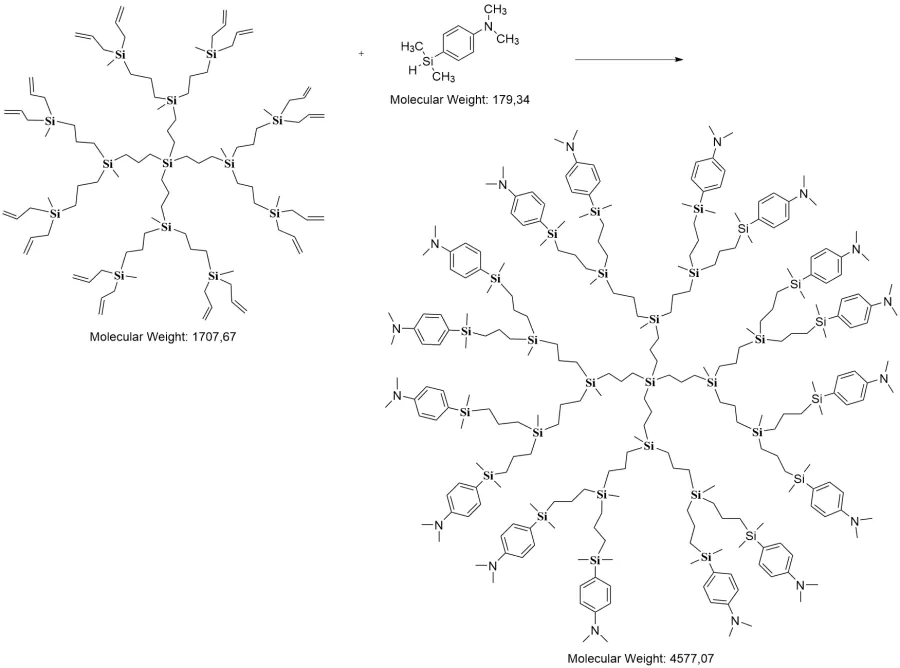Laboratory of Molecular Engineering of Polymer Nanomaterials

The scientific group is engaged in the directed synthesis of functional organoelement monomers, polymers, dendrimers and other high-molecular compounds, as well as the study of their properties. The team of the scientific group is mainly represented by young scientists, graduate students and students who are actively interested in modern areas of polymer science, materials science, organic and organoelement chemistry. The Group conducts extensive cooperation with various Russian universities and research institutes: MSU, RTU, RCTU, INEOS, INHS, KFU, IOFH, Tula Pedagogical Institute, Research Institute for the research of new antibiotics. In addition, joint work is carried out with foreign colleagues from the Institute. Max Planck (Aachen), Vietnam-Russian Tropical Center (Hanoi).
- NMR spectroscopy
- IR spectroscopy
- Atomic Force Microscopy (AFM)
- Scanning electron microscopy (SEM)
- The Langmuir-Blodgett method
- Differential Scanning Calorimetry (DSC)
- X-ray diffraction analysis
- Small-angle X-ray scattering
- Gel penetrating chromatography





Research directions
Carbosilane dendrimers are unique macromolecules of the "correct" shape

Creation of hydrophobic and superhydrophobic coatings based on siloxanes with perfluoroalkyl substituents

Production of "smart" materials based on polyborosiloxanes















